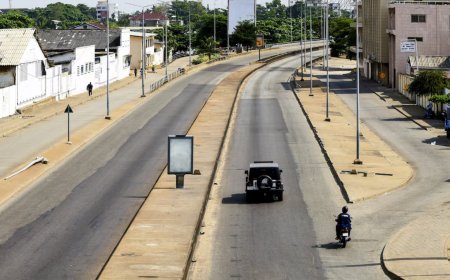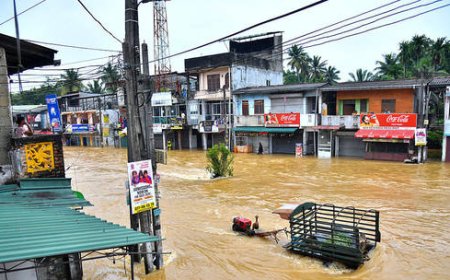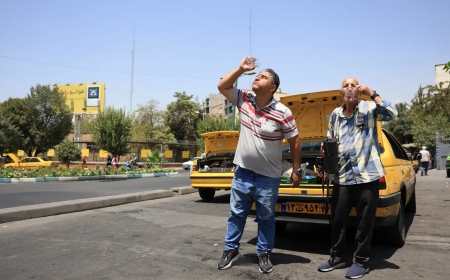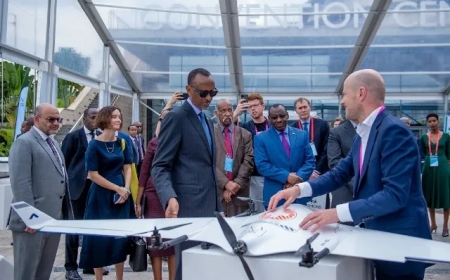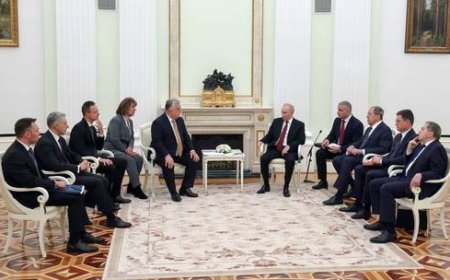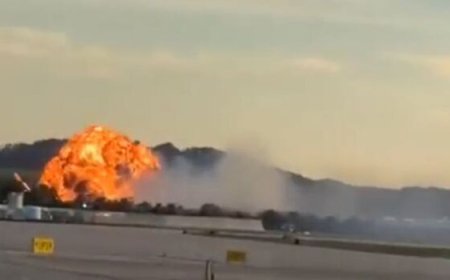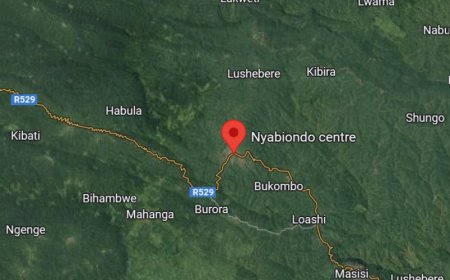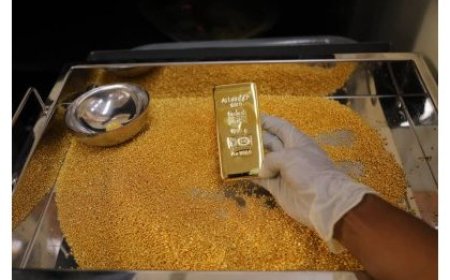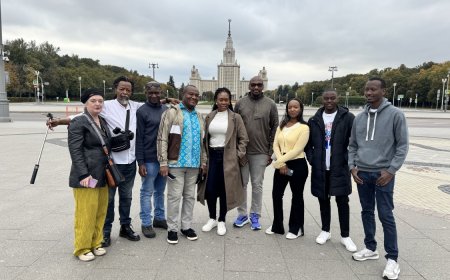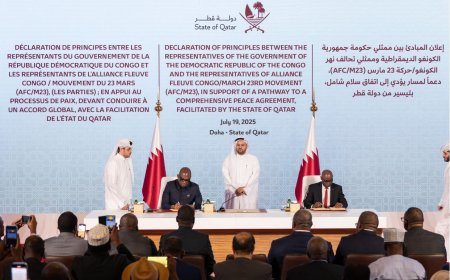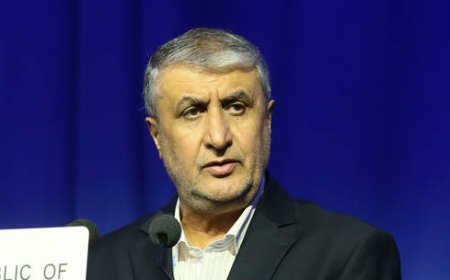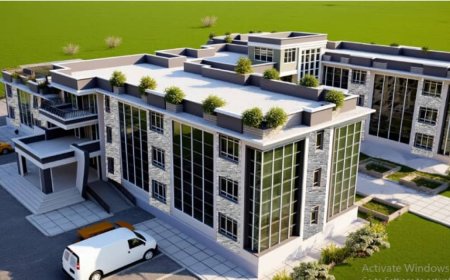Rising investor confidence fuels development of 10 industrial parks

The government is intensifying efforts to attract more investors to its network of industrial parks as part of a broader push to spur job creation, boost exports, and strengthen the country’s position as a competitive investment hub.
Rwanda currently hosts 10 industrial parks and Special Economic Zones (SEZs), including two SEZs in Kigali and Bugesera, and eight industrial parks in Musanze, Rubavu, Muhanga, Rusizi, Huye, Nyabihu, Rwamagana, and Nyagatare.
More than 320 factories have been established across these parks, with over 70 percent fully operational and the remainder under development. Four parks that include; Musanze, Muhanga, Rwamagana, and Bugesera have been prioritised under the Second National Strategy for Transformation (NST2).
The Ministry of Trade and Industry estimates that fully developing infrastructure across all industrial parks will require approximately $130 million. Due to current fiscal constraints, the government is implementing a phased development approach, beginning with the four priority parks.
“Despite ongoing global uncertainties, our industries and private sector have remained resilient to global shocks. Through close collaboration with the private sector, development partners, and key stakeholders, we have continued to build a dynamic and enabling business environment that supports entrepreneurship, attracts investment, and promotes industrial transformation,” said Prudence Sebahizi, Minister for Trade and Industry.
In the 2025–2026 fiscal year, the government will inject Rwf10 billion into clearing land and building basic infrastructure in the priority parks, an investment expected to attract and support new industrial ventures.
According to the ministry’s 2024–2025 report, Rwanda posted strong economic performance during the period, with real GDP growing by 6.3 percent and industry contributing 22 percent of national output.
The year also marked the approval of the 10-year Rwanda Industrial Policy, which sets out five pillars to drive export-led industrialisation, innovation, and green growth.
Industry grew by 3 percent, while manufacturing expanded by 8 percent, driven by increased production in chemicals, rubber and plastics, non-metallic minerals, metal products, machinery, wood, paper, and printing.
Status of Industrial Parks and SEZs
Musanze Industrial Park
Covering 164 hectares, the park hosts 27 operational companies. An integrated iron and steel plant under construction is expected to employ 1,000 people and reduce steel imports by producing a wide range of products using local iron ore.
Gorilla Textiles also began operations in 2024/25, establishing a jeans line that employs nearly 1,400 workers.
Rubavu Industrial Park
The 226-hectare park is awaiting approval of its physical development plan before construction begins.
Muhanga Industrial Park
Spanning 135 hectares, the site has attracted interest from seven companies.
Rusizi Industrial Park
The 41.4-hectare park hosts 16 companies.
Nyabihu Industrial Park
The 50-hectare park has attracted 10 companies and is fully dedicated to agro-processing, according to Industrial Policy Analyst Fred Mugabe.
Huye Industrial Park
The 50-hectare site has mobilised 34 companies to invest.
Kigali SEZ
The zone spans 385 hectares and hosts at least 253 companies.
Nyagatare Industrial Park
Covering 200 hectares, it has four operational companies, with a focus on agro-processing.
Rwamagana Industrial Park
The 80-hectare industrial zone hosts 53 companies.
Bugesera SEZ
The 330-hectare zone is home to 18 operational companies, up from 11 in 2024, and is projected to add $1.2 billion in value to the manufacturing sector.
Incentives and Industrial Support
The report shows that 1,069 industries benefited from preferential electricity tariffs—88 large, 256 medium, and 726 small industries helping lower production costs and enhance competitiveness.
Between July 2024 and June 2025, 864 VAT exemption applications were submitted, with 65 percent approved. These exemptions reduced operating costs and stimulated industrial growth.

